Idrw Team
SOURCE: IDRW.ORG
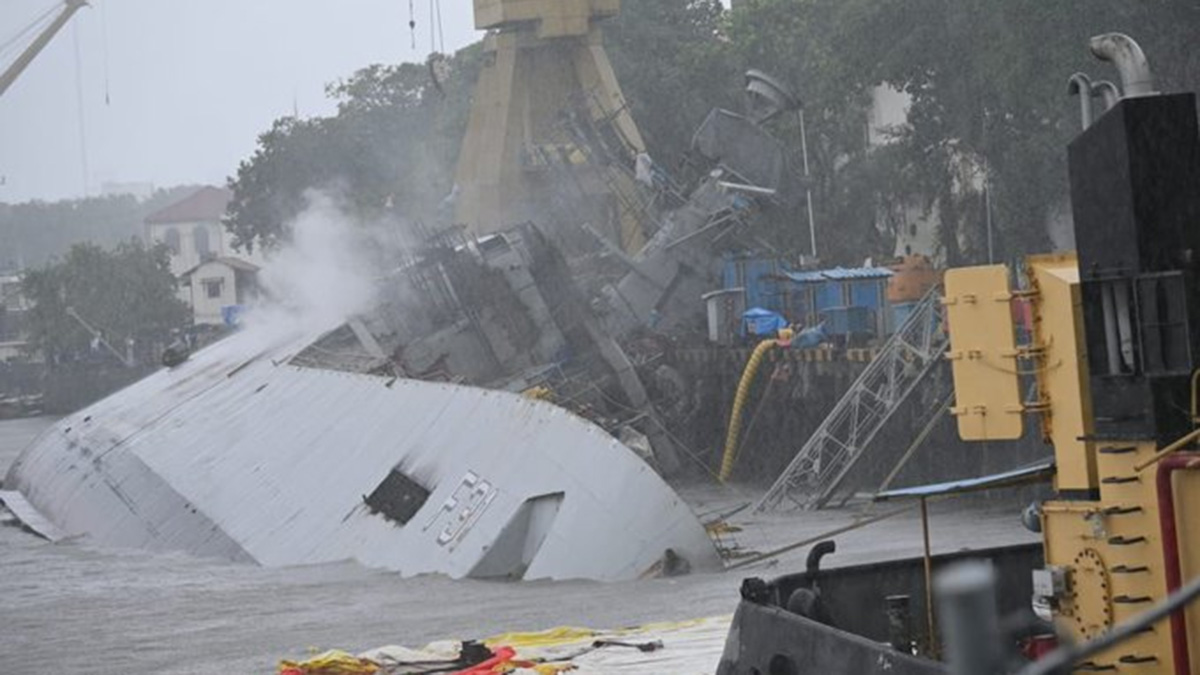)
The restoration of the Indian Navy’s warship INS Brahmaputra, which was severely damaged by a fire at the Mumbai Naval Dockyard, is set to be a lengthy and technically challenging process. According to officials familiar with the situation, the recovery could take over a year, as specialized machinery and technical expertise will be required to make the ship seaworthy again. The damage, exacerbated by water accumulation during firefighting efforts, has made the vessel difficult to upright, prolonging the recovery timeline.
On July 21, a fire broke out aboard INS Brahmaputra while the ship was undergoing a refit at the Mumbai Naval Dockyard. The fire caused significant damage to the 24-year-old guided-missile frigate and tragically claimed the life of one sailor. Though the fire was eventually brought under control, the vessel remains tilted toward the shore due to the weight of the water that was pumped in to extinguish the blaze. This excessive water ingress has added to the complexities of the salvage operation, making the ship extremely heavy and difficult to stabilize.
Continue readingSOURCE: IDRW.ORG.
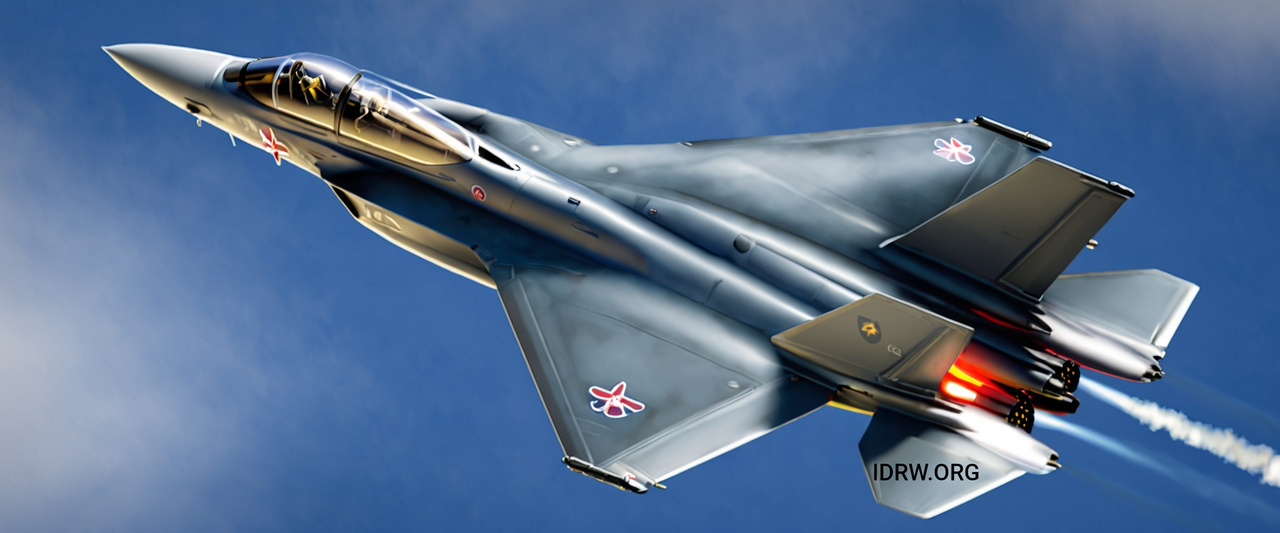
In a recent interview with News9 Plus, former Air Chief Marshal R.K.S. Bhadauria emphasized the need for India to not only focus on the development of the 5th-generation Advanced Medium Combat Aircraft (AMCA) but also start working on integrating 6th-generation technologies into the program. Bhadauria, who played a key role in the conceptualization and initiation of the AMCA program, underscored that incorporating elements of future fighter technologies into the AMCA would pave the way for a smoother transition to the development of an indigenous 6th-generation fighter in the coming decades.
Bhadauria highlighted several key 6th-generation technologies that are set to redefine the future of air combat. These technologies include:
Continue readingSOURCE: IDRW.ORG
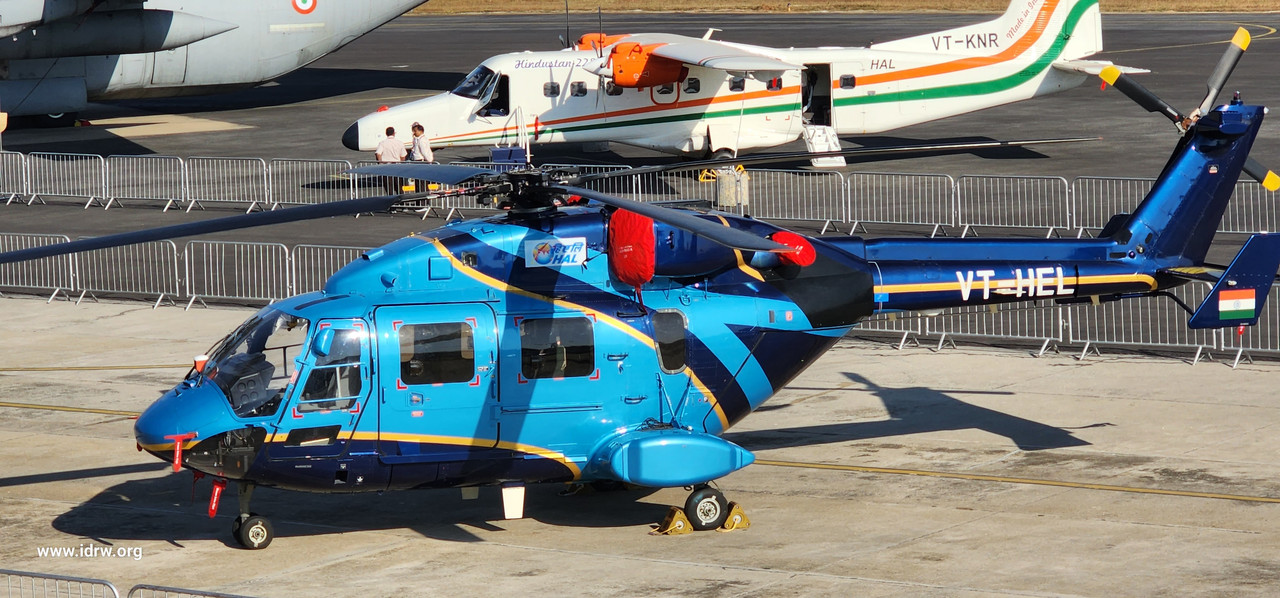
Hindustan Aeronautics Limited (HAL) has faced significant challenges in attracting private sector interest for the indigenous Advanced Light Helicopter (ALH) Dhruv (Civil version) through its Transfer of Technology (ToT) initiative. Despite HAL’s offer to allow potential Indian private companies to manufacture the helicopter, the plan has failed to garner any traction, reflecting broader concerns about the market viability of the Dhruv’s civil version.
The primary reason for the lack of enthusiasm from private sector players stems from HAL’s inability to secure substantial commercial orders for the ALH-Dhruv (Civil version). While HAL has successfully manufactured nearly 400 units of the ALH-Dhruv for the Indian Armed Forces—including the Indian Army, Indian Air Force, Indian Navy, and the Indian Coast Guard—the civil variant has struggled to meet the standards required for widespread civilian use.
Continue readingSOURCE: IDRW.ORG

JSR Dynamics Private Limited, a Nagpur-based company, has showcased its latest development – a Blended Wing Body UAV airframe. This innovative design has garnered significant attention in the defense and aerospace industry.
While the company has not disclosed many specifics about the Blended Wing Body UAV, it is likely to be powered by a mini jet-powered engine. This suggests that the UAV could potentially be as large as the Iranian jet-powered Shahed-238 kamikaze drones.
Continue readingSOURCE: IDRW.ORG
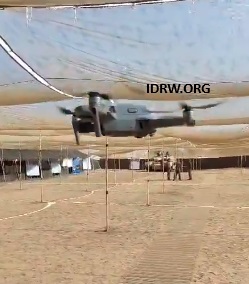
New Delhi-based Botlab Dynamics, an iDEX winner, showcased its innovative disposable lightweight drone at the recent 20th India-US YudhAbhyas exercise. This cutting-edge technology is poised to significantly enhance battlefield intelligence for the Indian Army and Navy.
The disposable drone, equipped with day/night surveillance capabilities and beyond-line-of-sight (BLOS) functionality, is designed to provide ground soldiers with real-time situational awareness. Its ability to assess battle damage further underscores its potential to revolutionize tactical operations.
Continue readingSOURCE: IDRW.ORG.
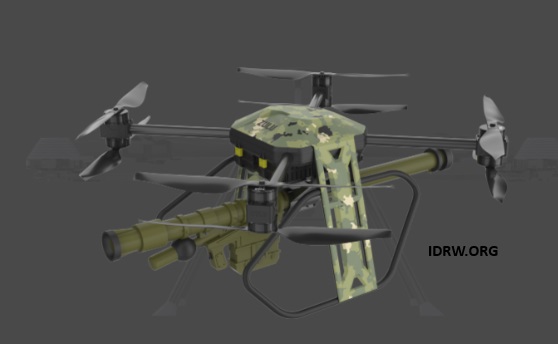
Bengaluru-based startup Zulu Defence Systems is making waves in the defense sector with its cutting-edge development, VOLUME35, a weaponized Unmanned Aerial System (UAS) platform. The VOLUME35 is a game-changer for air defense in India, with the ability to carry and launch the highly effective Igla-S shoulder-fired anti-aircraft missiles. This innovative UAS platform could significantly enhance India’s air defense capabilities, offering unmatched mobility, flexibility, and rapid deployment in combating enemy aerial threats.
The Igla-S is a man-portable air defense system (MANPADS) designed for targeting and neutralizing low-flying enemy aircraft, helicopters, and drones. This Russian-made system is known for its effectiveness, precision, and ease of use, and has been widely adopted by military forces around the world.
Continue readingSOURCE: IDRW.ORG.

Sagar Defence Engineering Pvt. Ltd. has been declared the winner of the iDEX ADITI 1.0 Challenge for its Two-Man Tactical Aerial Vehicle (TM-TAV) specifically designed for High-Altitude (HA) operations. This novel aircraft falls under the category of Personal Aerial Vehicles (PAVs) and utilizes electric Vertical Take-Off and Landing (eVTOL) technology.
The Two-Man Tactical Aerial Vehicle represents the culmination of advancements in electric vertical take-off and landing (eVTOL) technology, ushering in a new era of human-sized manned vehicles tailored for high-altitude operations. Equipped with a spacious cabin/cockpit capable of accommodating a pilot and additional payload, this innovative platform offers unparalleled versatility and performance.
Continue readingSOURCE: IDRW.ORG
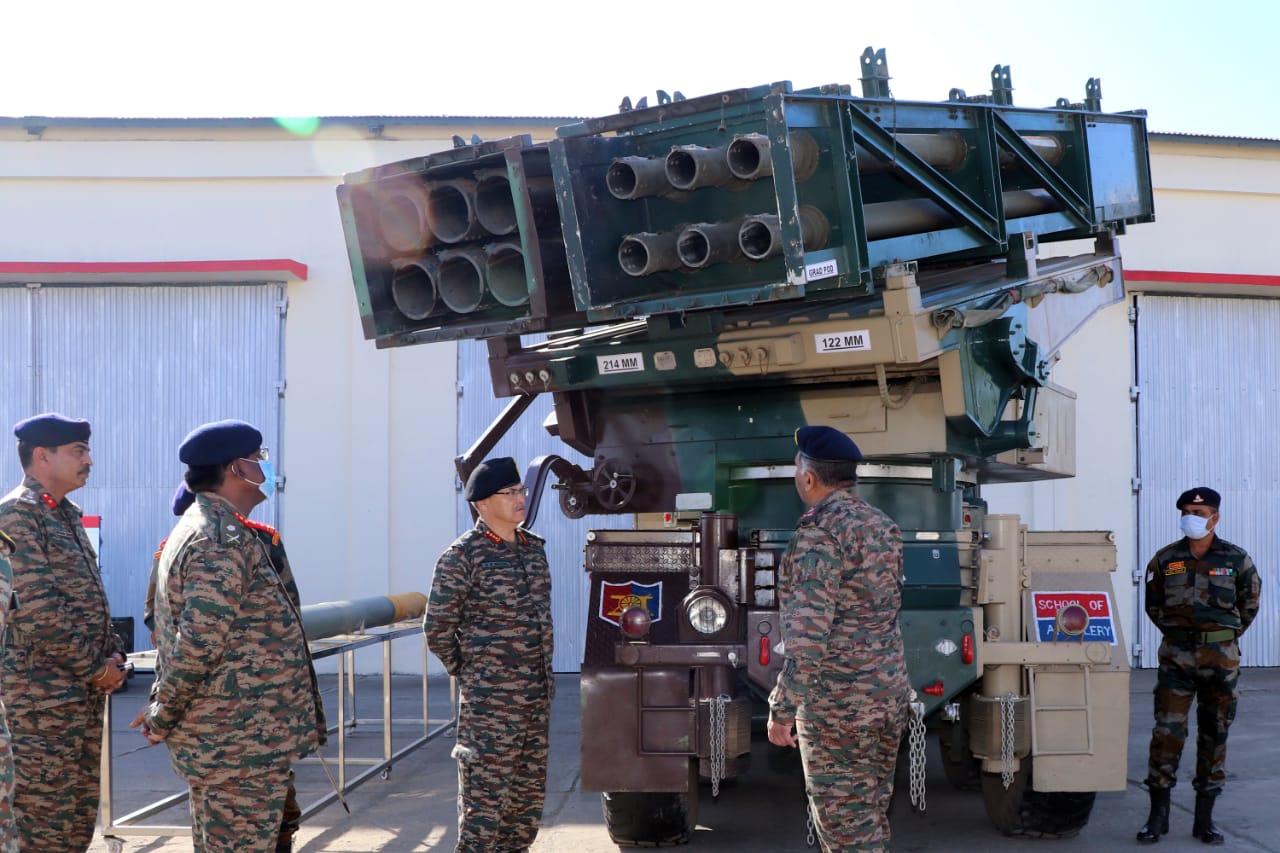
The Indian Army has initiated a strategic move to acquire and develop a cutting-edge Multi Barrel Loiter Munition (MBLM) System, a next-generation unmanned aerial platform designed to enhance its precision strike capabilities. Loiter munitions (LM), often referred to as “kamikaze drones,” are pre-fitted with warheads and can loiter over a designated target area, striking with pinpoint accuracy upon confirmation. This advanced system offers a tactical advantage by eliminating the need for additional personnel and allowing for mass deployment in battlefield conditions.
Loiter munitions represent a significant leap forward in modern warfare. Unlike traditional artillery or missile systems, these munitions can hover or loiter in the air over potential targets, gathering real-time intelligence before delivering a precise strike by crashing into the target. This ability to sense and strike dramatically improves the accuracy and effectiveness of the system, reducing collateral damage and ensuring high-value targets are neutralized.
Continue readingSOURCE: IDRW.ORG
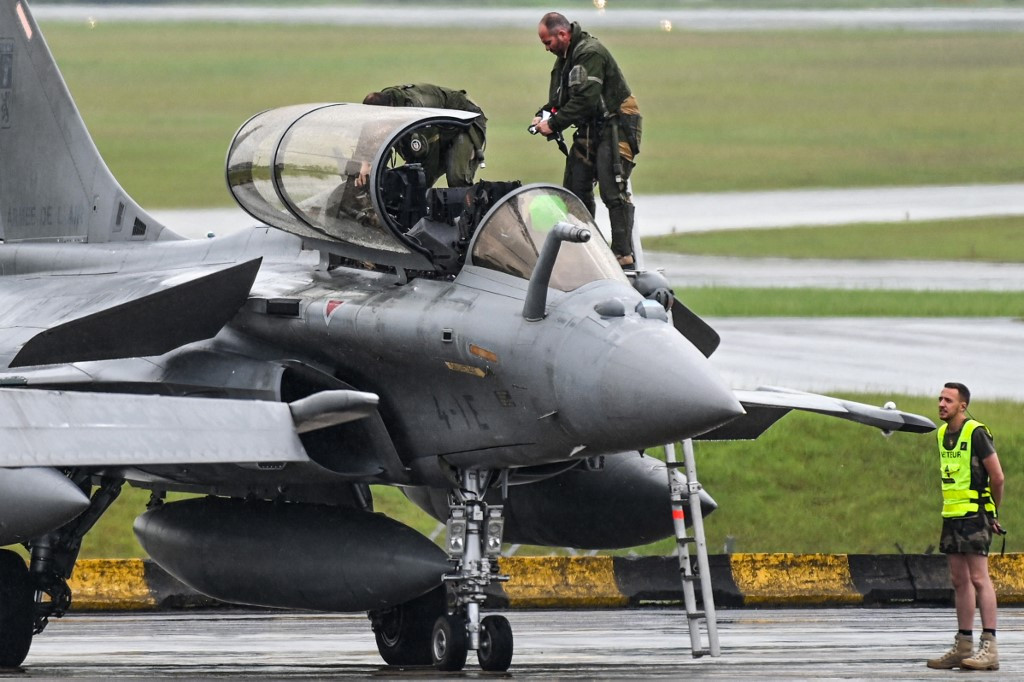
Recent claims from Dassault Aviation, the French aerospace giant, have drawn attention to the slow pace of its upgrade programs. Dassault has stated that it would take up to 8 years to replace the current RBE2 Active Phased Array Radar (RBE2 AESA) on the Rafale jets with India’s indigenously developed Uttam AESA radar, raising concerns over the speed of French aerospace projects. The announcement has brought back memories of the protracted Mirage-2000 upgrade program, which also faced delays and cost overruns.
Defence expert Ranesh Rajan, speaking to idrw.org, noted that this slow pace is not an isolated case. He recalled the lengthy process of upgrading 50 Mirage-2000 fighter jets of the Indian Air Force (IAF), a program that took over 8 years and became almost as expensive as purchasing brand new jets. According to Rajan, Dassault’s aerospace programs are notorious for their high costs and lengthy upgrade cycles, particularly when it comes to incorporating new technologies or configurations in their aircraft.
Continue readingSOURCE: IDRW.ORG
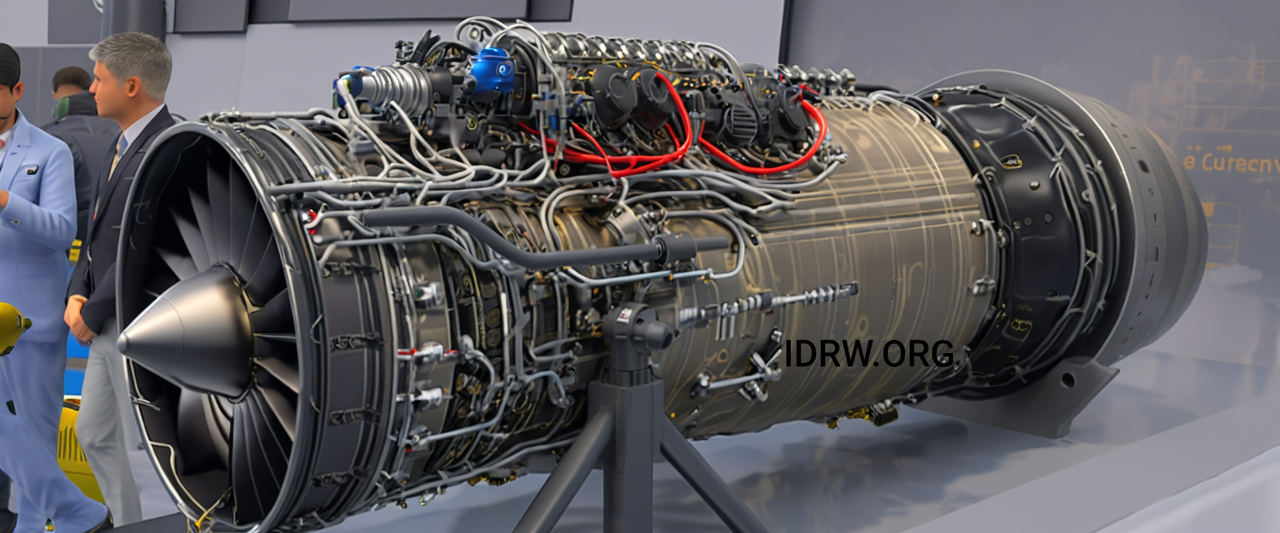
France has expressed its commitment to support India’s ambitious 110kN engine development program. This collaboration marks a significant step forward in India’s efforts to achieve self-sufficiency in defense manufacturing.
As part of the agreement, France will provide technical expertise and support for the development of the 110kN engine, which is intended for use in India’s advanced medium combat aircraft (AMCA) program. This engine is considered crucial for India’s defense capabilities and will enable the AMCA to achieve long-range strike capabilities.
Continue readingSOURCE: IDRW.ORG TEAM
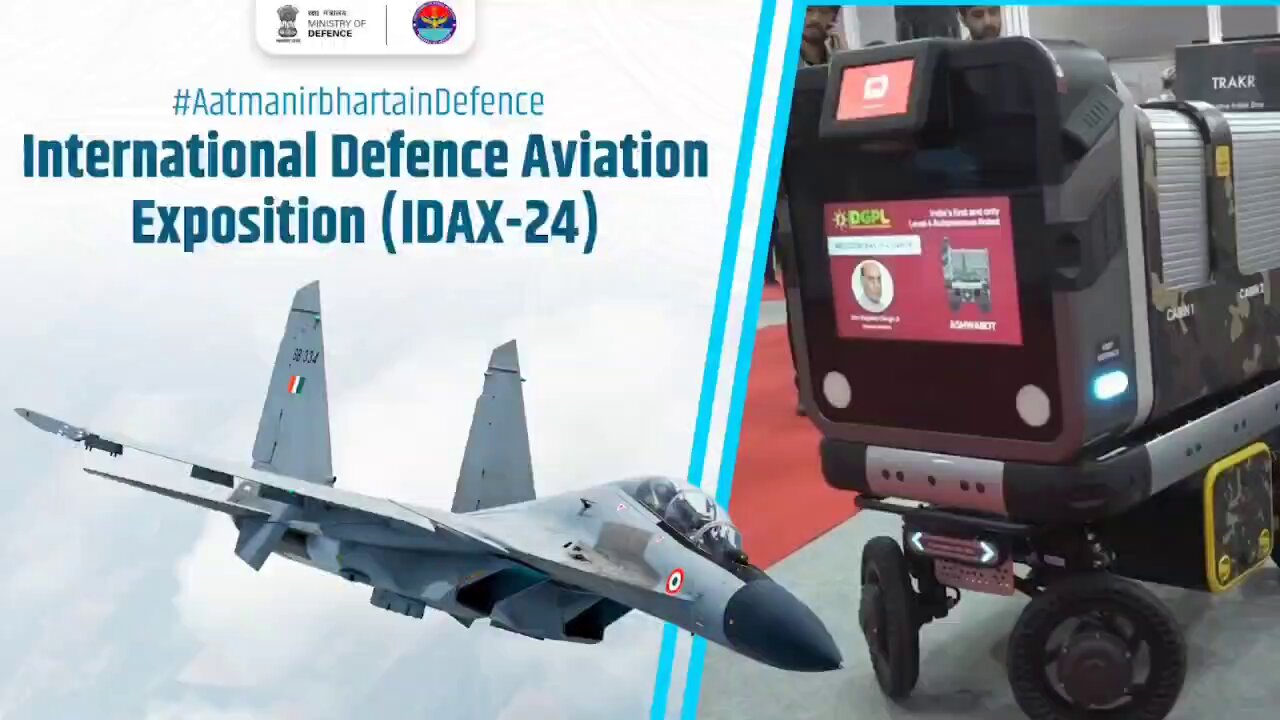
India’s journey towards self-reliance in defence, encapsulated in the vision of Aatmanirbharta, continues to gain momentum with home-grown innovations. One of the latest examples is the AshwaBot, an advanced all-terrain robotic system developed by DefTech and GreenIndia Pvt Ltd, two start-ups supported by the Ministry of Defence’s iDEX (Innovations for Defence Excellence) initiative. This cutting-edge unmanned ground vehicle (UGV) exemplifies India’s growing capacity to design and manufacture critical defence technologies domestically.
The AshwaBot is a versatile UGV that can tackle rugged and diverse terrains with ease, making it ideal for military operations in difficult environments. With a top speed of 35 km/h, it is capable of keeping up with rapid deployment scenarios and can carry a payload of up to 100 kg, providing substantial logistical support during missions. This combination of speed and payload capacity makes AshwaBot suitable for a variety of tasks, from resupply and reconnaissance to transport of equipment and potential evacuation of injured personnel.
Continue readingSOURCE: IDRW.ORG
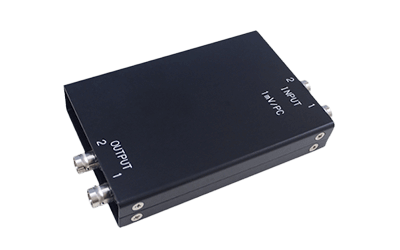
In a significant development for India’s indigenous fighter program, Bengaluru-based Varchas Aerospace Private Limited has been selected by Hindustan Aeronautics Limited (HAL) to replace a critical component of the Tejas Mk-1A aircraft. This move comes after a recent Danish export blacklist on a previously sourced engine charge amplifier threatened to delay the Tejas program.
The blacklisting was due to concerns regarding potential re-export to Russia in light of the ongoing conflict in Ukraine. To address this challenge and ensure program continuity, HAL entrusted Varchas Aerospace with the development of a locally manufactured engine charge amplifier.
Continue readingSOURCE: IDRW.ORG
ADE, a leading developer of Unmanned Aerial Vehicles (UAVs), is actively working to indigenize critical components of its UAV fuel systems. To ensure uninterrupted fuel supply to the engine at all altitudes, attitudes, and airspeeds, these systems rely on various Line Replaceable Units (LRUs) such as pumps and valves. However, many of these components are currently manufactured exclusively by foreign manufacturers, hindering India’s self-sufficiency in UAV technology.
To address this challenge, ADE has identified ten essential long lead components that need to be indigenized:
Continue readingSOURCE: IDRW.ORG

The Ministry of Defence, Government of India, is planning to procure Aerial Engineer Recce Equipment (AERE) to provide real-time terrain data for various engineering tasks. The AERE will be utilized for bridge construction, operational track construction, minefield breaching, anti-tank obstacle laying, bridge demolition/denial, avalanche prone slope management, and helipad/FARRP construction.
Each AERE system will consist of three fixed-wing unmanned aerial vehicles (UAVs) with vertical take-off and landing (VTOL) capabilities. It will also include three LIDAR sensors, three photogrammetric optical zoom cameras, three color day and night video cameras with thermal sensors, one airborne data relay sensor, three Man Portable Ground Control Stations (MPGCS), and three Remote Video Terminals (RVT).
Continue readingSOURCE: IDRW.ORG

Sagar Defence Engineering, a leading Indian defense company, has achieved a significant milestone with the granting of a patent for its innovative Self-Learning Command & Control Module for Navigation (GENISYS) and associated system by the Patent Office, Government of India.
Developed in line with the vision of an Atmanirbhar Bharat (Self-Reliant India), GENISYS is set to revolutionize defense strategies by leveraging autonomous technologies. This cutting-edge module empowers military forces to adapt to complex and evolving challenges, enabling swift responses in critical situations.
Continue reading